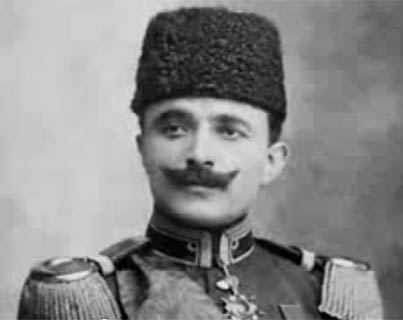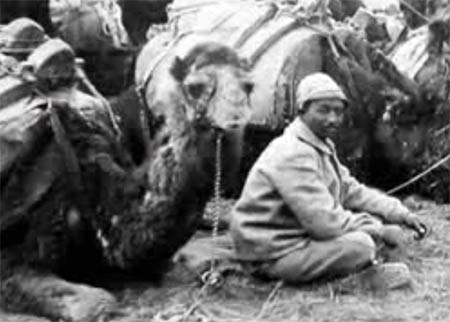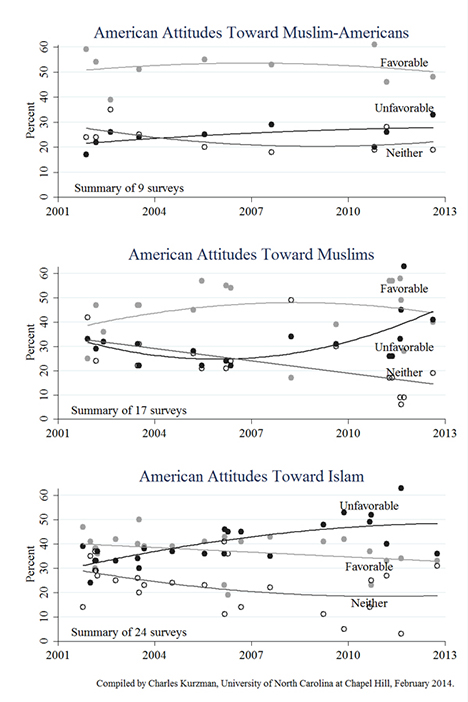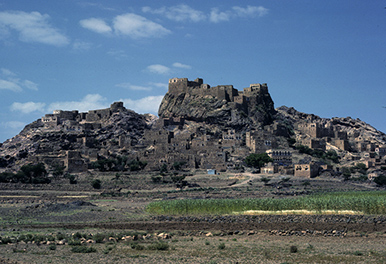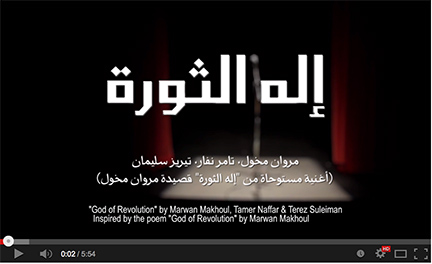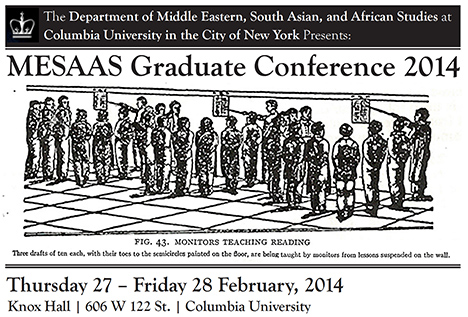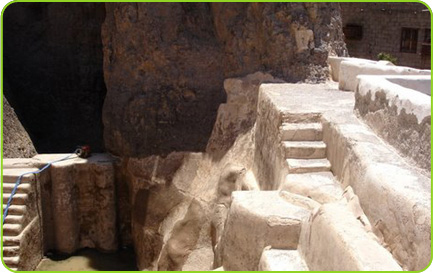
Øصن التعكر ÙÙŠ Ù…ØاÙظة إب .. من اشهر القلاع الØربيه ÙÙŠ التاريخ اليمني القديم
صØاÙØ© نت 26 نوÙمبر 2013
استطلاع / Ù…Øمد مزاØÙ… / جبل التعكر من أشهر الØصون والقلاع الØربية ÙÙŠ التاريخ اليمني القديم لا سيما ÙÙŠ عهد الدولة الصليØية.. عندما تÙكر بالذهاب إليه.. لمعرÙØ© تلك الأسرار التي تØدث عنها المؤرخون، Ùإن ذلك يتطلب منك المرور على مدينة جبلة التي تقع شمال شرق التعكر، والتي ارتبط اسمها باسم الملكة أروى بنت Ø£Øمد الصليØÙŠ وقد جعلت من جبلة العاصمة السياسية لدولتها ومن جبل التعكر منتجعاً سياØياً لها خاصة ÙÙŠ موسم الأمطار والإخضرار..
عندما تصل إلى Øصن أو جبل التعكر “كما ÙŠØب تسميته المؤرخون†Ùأنك لن تنسى Ùيما بعد هذا المكان ÙالØصن لا تجد شبراً من الأرض التي Øوله إلا يسيطر عليها الإخضرار..
إضاÙØ© إلى أن موقع الØصن الذي يرتÙع Øوالي “3000†متر Ùوق Ø³Ø·Ø Ø§Ù„Ø¨Øر يجعلك ØªØ³Ø¨Ø ÙÙŠ ملكوت الله Øيث تستطيع وأنت ÙÙŠ قمته أن تمد نظرك إلى أبعد ما يمكن أن يتصوره المرء Øيث يطل الجبل من الناØية الجنوبية الغربية على مدينة ذي السÙال وأجزاء من السياني ومن ناØية الشمال يمكن مشاهدة مدينة جبلة والوقش وسائلة جبلة ومÙرق جبلة أما من الجهة الجنوبية الشرقية Ùيمكن مشاهدة مدينة السياني وعندما تطل من أعالي جبل “التعكر†Ùأنك Øينها ستشعر وكأنك طائر يطير بجناØيه ÙÙŠ السماء، وتزيد لديك Ø£Øاسيس الÙØ±Ø ÙˆØ§Ù„Ø³Ø¹Ø§Ø¯Ø© عندما تنقل نظرك من جهة إلى أخرى لتشاهد الÙضاء الواسع الأÙÙ‚ الرØب، والمناطق الجميلة دائمة الاخضرار والتي يتجه المزارعون لزراعتها ورعايتها ومن ثم Øصادها.
وأنت ÙÙŠ أعلى قمة جبل التعكر وتØديداً ÙÙŠ وسط الØصن المتهالك Øالياً Ùإنك سترى جبل صبر الذي يأتي إليك بكل ما اØتوى من عظمة وجمال وتعرجات ليقول لك ها أنا المناÙس الØتمي لجبل التعكر، Ùتدرك عندها أنك بين عظيمين ولا مقارنة بينهما.
Continue reading Øصن التعكر ÙÙŠ Ù…ØاÙظة إب
